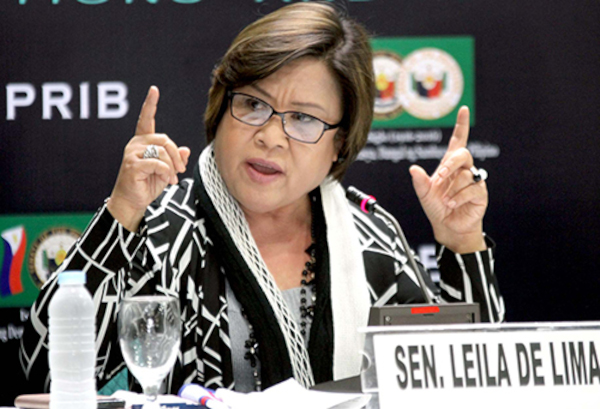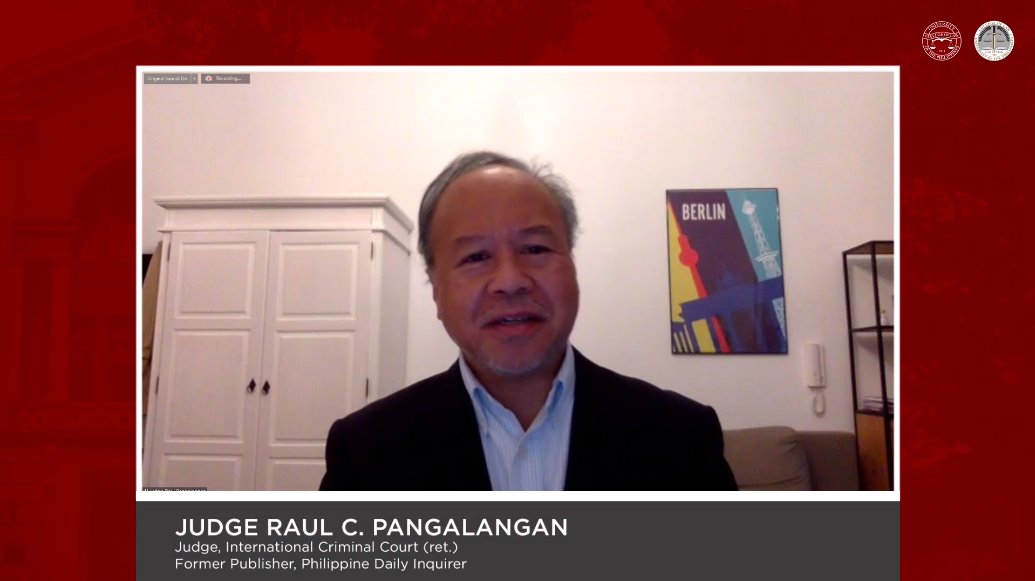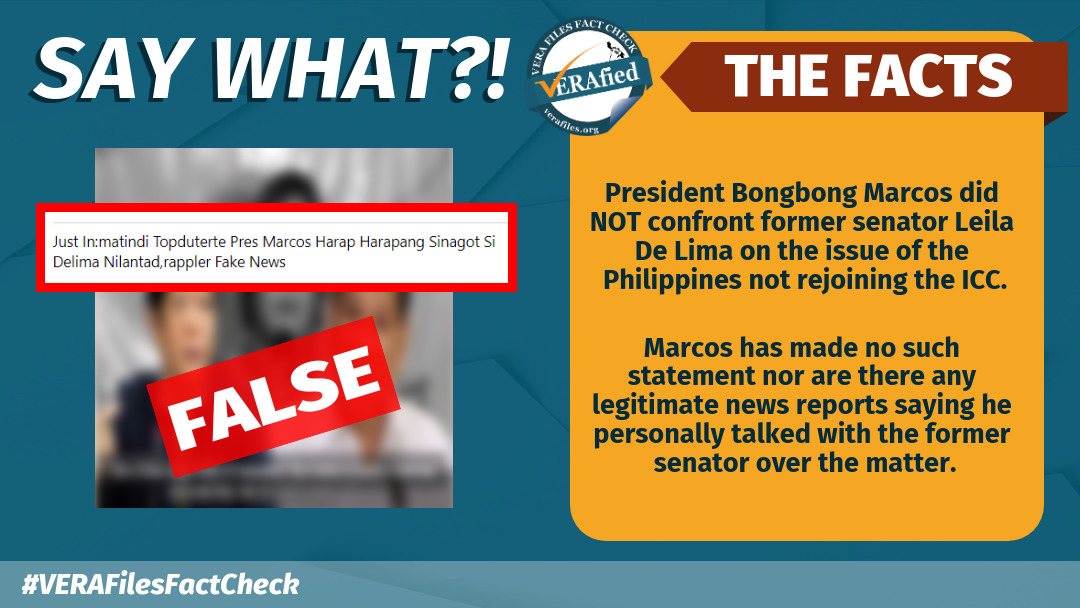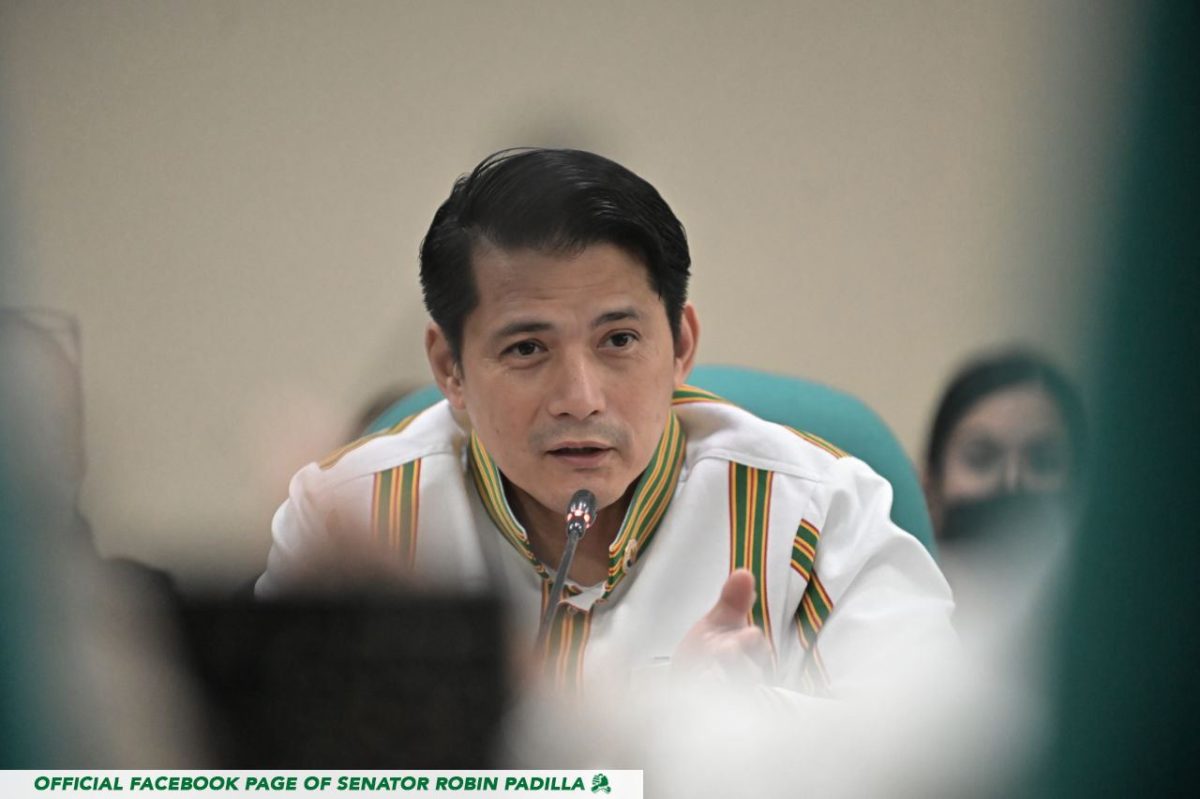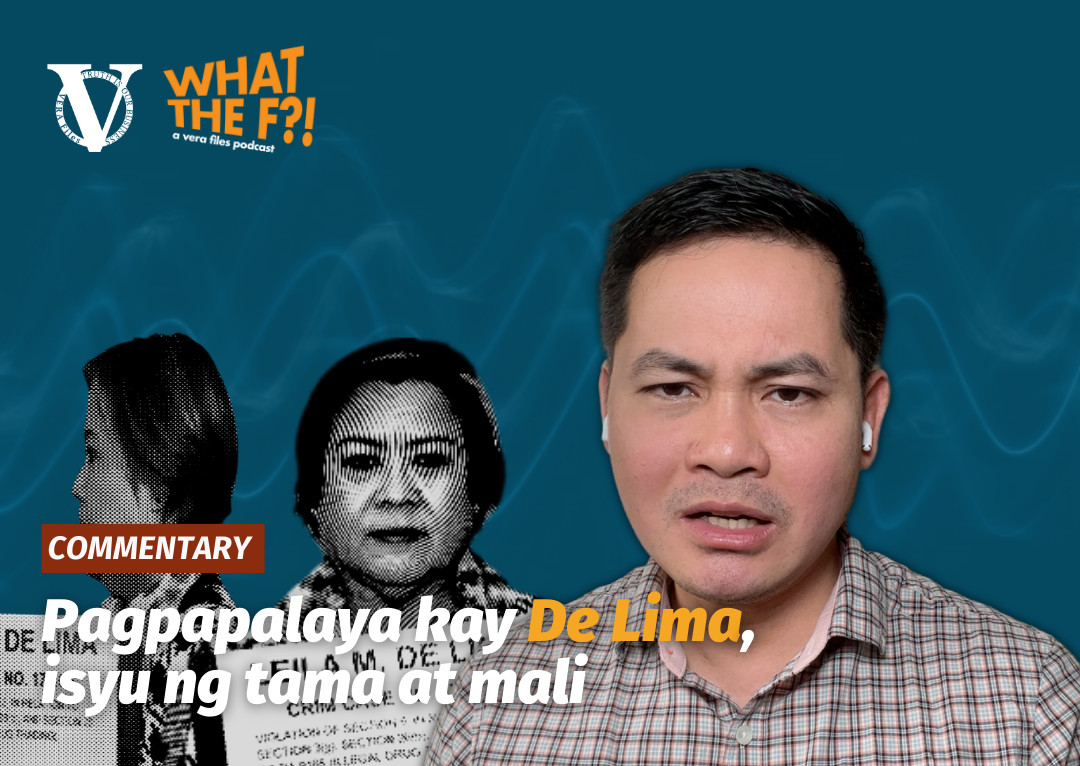Former senator Leila De Lima is a victim of disinformation, probably of the worst kind. It is sanctioned by the government, both the past and the present.
She was a respected lawyer before then-president Gloria Macapagal-Arroyo appointed her in 2008 as chairperson of the Commission on Human Rights. But in 2017, then-president Rodrigo Duterte called her an “immoral woman” allegedly for having an affair with her driver, Ronnie Dayan, who, in turn, supposedly served as De Lima’s alleged collector of drug protection money when she was the Justice secretary in the administration of Benigno Aquino III.
While De Lima admitted to having had a relationship with Dayan, Duterte said in some of his public speeches that the former senator also had dalliances with her other security aides.
Last August 27, De Lima spent her 63rd birthday for the sixth year in detention at the Philippine National Police (PNP) Custodial Center in Camp Crame, Quezon City. She was not allowed to receive visitors. Only her brother Vicente was allowed entry. The PNP granted the request of other immediate family members to see her the next day.
De Lima has been in police custody for more than 2,000 days since Feb. 24, 2017, for what her lawyers and supporters describe as trumped-up charges of conspiracy to commit illegal drug trading inside the National Bilibid Prison (NBP) when she was Justice secretary.
The charges were based on testimonies of drug convicts who were placed under the Witness Protection Program (WPP) by her successor, former Justice secretary Vitaliano Aguirre II.
In February 2021, a Muntinlupa court acquitted De Lima on one of the three charges of conspiracy to commit drug trading. In that case, the former senator was accused of extorting P30 million and four vehicles from high-profile inmate Peter Co in 2016.
The two remaining charges being heard at the Muntinlupa regional trial court involve alleged extortion from NBP inmates to fund her Senate bid in 2016. In one case, the inmates allegedly traded and trafficked drugs inside the prison and managed to produce P5 million in November 2012 and another P5 million the following month. In the other case, De Lima was charged for supposedly tolerating the “widespread drug trade” inside the maximum security compound from May 2013 to May 2015.
Early last month, the Office of the Ombudsman dismissed the complaints of direct and indirect bribery against De Lima and Dayan. The case stemmed from the allegation that De Lima received money from self-confessed drug lord Kerwin Espinosa in exchange for the protection of Espinosa’s illegal drug trade.
The Ombudsman cited contradictory statements from Espinosa and Marcelo Adorco, the government’s witness against Espinosa, on how the alleged P8-million bribe money was delivered, what the tranches of delivery were, and whether de Lima was present to personally receive the money from Espinosa.
De Lima, her lawyers and supporters both here and in the international community have been pleading for her immediate release from detention, basically saying that the charges against her were based on manufactured testimonies.
Three key government witnesses have retracted their allegations linking De Lima to illegal drugs and have since admitted that their testimonies were false and that they had been coerced into testifying against her.
The treatment of De Lima while in custody is in stark contrast with that of two former presidents (Joseph Estrada and Gloria Macapagal Arroyo) and three senators (Jose “Jinggoy” Estrada, Ramon “Bong” Revilla and Juan Ponce Enrile) who were accused of plunder and graft amounting to several millions of pesos.
Former presidents Estrada and Arroyo spent most of their detention at the presidential suite of the Philippine Veterans Hospital in Quezon City where they were allowed to use amenities such as mobile phones. Estrada was later allowed to be placed on house arrest in his resort in Tanay, Rizal.
When Jinggoy Estrada and Revilla were detained at the PNP Custodial Center, they were allowed to play basketball outside their detention rooms.
De Lima has not been allowed to use a mobile phone. She has been allowed, however, to send out handwritten statements to the media and her friends. But on her 63rd birthday, her former colleagues in the Aquino III Cabinet and in the opposition were barred from visiting her.
At 63, what can De Lima do outside detention that the government seems to be too afraid to set her free?
She has been a victim of false information in social media. Weeks after she filed her candidacy for reelection to the Senate last year, trolls circulated inaccurate information that she was disqualified. Worse, in March this year a video posted on YouTube falsely claimed she had passed away.
Under the new administration, Justice Secretary Jesus Crispin “Boying” Remulla earlier said he would re-examine the cases against De Lima following the recantation of key witnesses. However, Remulla is keeping his hands off the resolution in the Senate seeking De Lima’s release. He said, “The matter is already within the jurisdiction of the Muntinlupa Trial Court, which has sole power and authority to act on the pending case against the former senator.”
But aren’t the prosecutors handling the case under him at the Department of Justice?
The longer De Lima is kept in detention, the more reason advocates of human rights have in questioning the government’s commitment to respect Section 1 of the Bill of Rights in the Constitution.
The views in this column are those of the author and do not necessarily reflect the views of VERA Files.
This column also appeared in The Manila Times.
